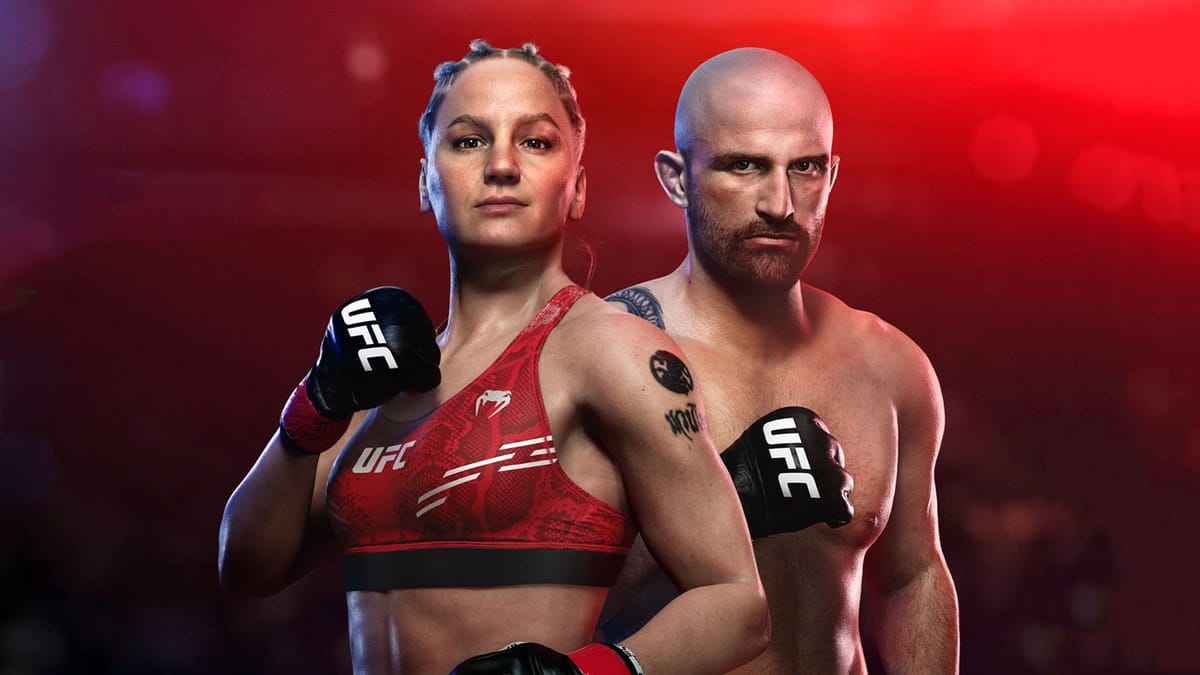
The UFC games have been a bit of an iterative affair for the last two generations. We’ve gotten a massive and ever-changing roster of fighters, and the ground game has continued to evolve, but overall it’s been small changes. Well, all that is about to change as UFC 5 is completely changing the game.
Recently we got our first look at EA Sports UFC 5, and it’s clear that the team is fully embracing that “as real as it gets” mantra. A fresh graphics engine, completely rebuilt animations, an all-new grappling system, and a ton of new modes and features are just the opening bell. As Bruce Buffer would say while wearing a new jacket that can only be described as a fashion crime against humanity – “It’s TIIIIIIIME!”
The most apparent change is a massive overhaul in the graphical department, thanks to the adoption of the Frostbite Engine. Now a mature and well-established foundation, Frostbite breathes life into the fighters in ways that blew me away. UFC 5 is a looker, and that’s only half the story.
If there’s a fighter who’s been underrepresented for a very long time, it’s Clay Guida. The man boasts a terrific head of hair, but graphically, it has consistently resembled a rug on his head. In UFC 5, the hair system shifts from large mats of hair to individual strands, allowing fighters like Guida, Dan Hardy, Urijah Faber, and Roy Nelson to fully embrace their best hair life, resulting in a fabulous ring appearance. Combined with a massive overhaul to the skin system that capitalizes on next-gen subsurface scattering and a huge texture uplift, the side by side with UFC 4 is night and day different. Honestly, you have to see it in motion to believe it.
The next significant upgrade is a rather bloody one – a complete overhaul of the damage system. Paired with the new highly-detailed character models (more on that in a moment) and eight facial regions susceptible to damage, the game now supports over 64,000 potential facial damage combinations. As a result, bruises evolve into swelling, swelling may burst open, leading to massive cuts and deep lacerations. This new system gives the entire face the appearance of having endured twelve rounds with Mike Tyson. Blood pools on the canvas, splatters onto the other fighter, and generally sprays everywhere – fighting is a gory affair.
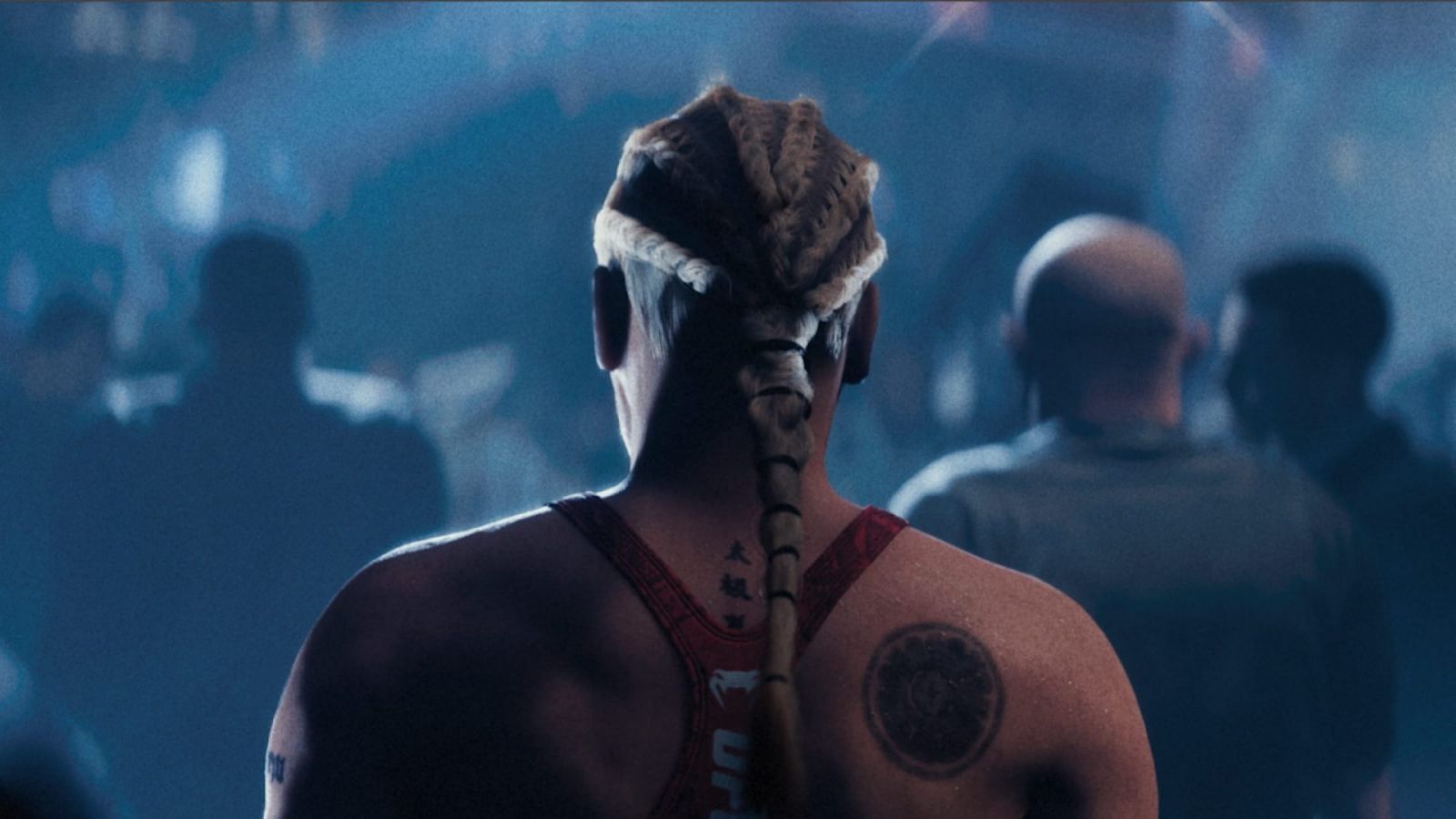
All of this facial damage is built on a system called Facerig. Facerig allows fighters to wince, close an eye as they take damage, and convey realistic reactions. Gone are the plastic, dead-eyed fighter faces, replaced with hyper-realistic expressions, featuring subtle pulls and adjustments that yield realistic results. A new lip sync system also enhances “tale of the tape” and career moments where we engage up close and personal with our fighter in career mode.
This authentic damage system extends beyond the face. If you’ve ever watched a great heavyweight fight, you know that wearing down opponents’ legs in the early rounds is key to success later on. While you can’t emulate Connor McGregor, Chris Weidman, Anderson Silva, and the like by breaking your shin mid-fight, the game introduces numerous cuts, bruising, swelling, and gameplay-altering consequences to brutal leg kicks this time around.
Another major upgrade courtesy of Frostbite is the doubling of the frame rate, jumping from 30 to 60fps. Alongside next-gen lighting and shading, completely redesigned environments, significantly enhanced textures, completely revamped animations, fighter body geometry, and vastly improved overall rendering quality and smoothness, when they say “As real as it gets,” it certainly looks the part.
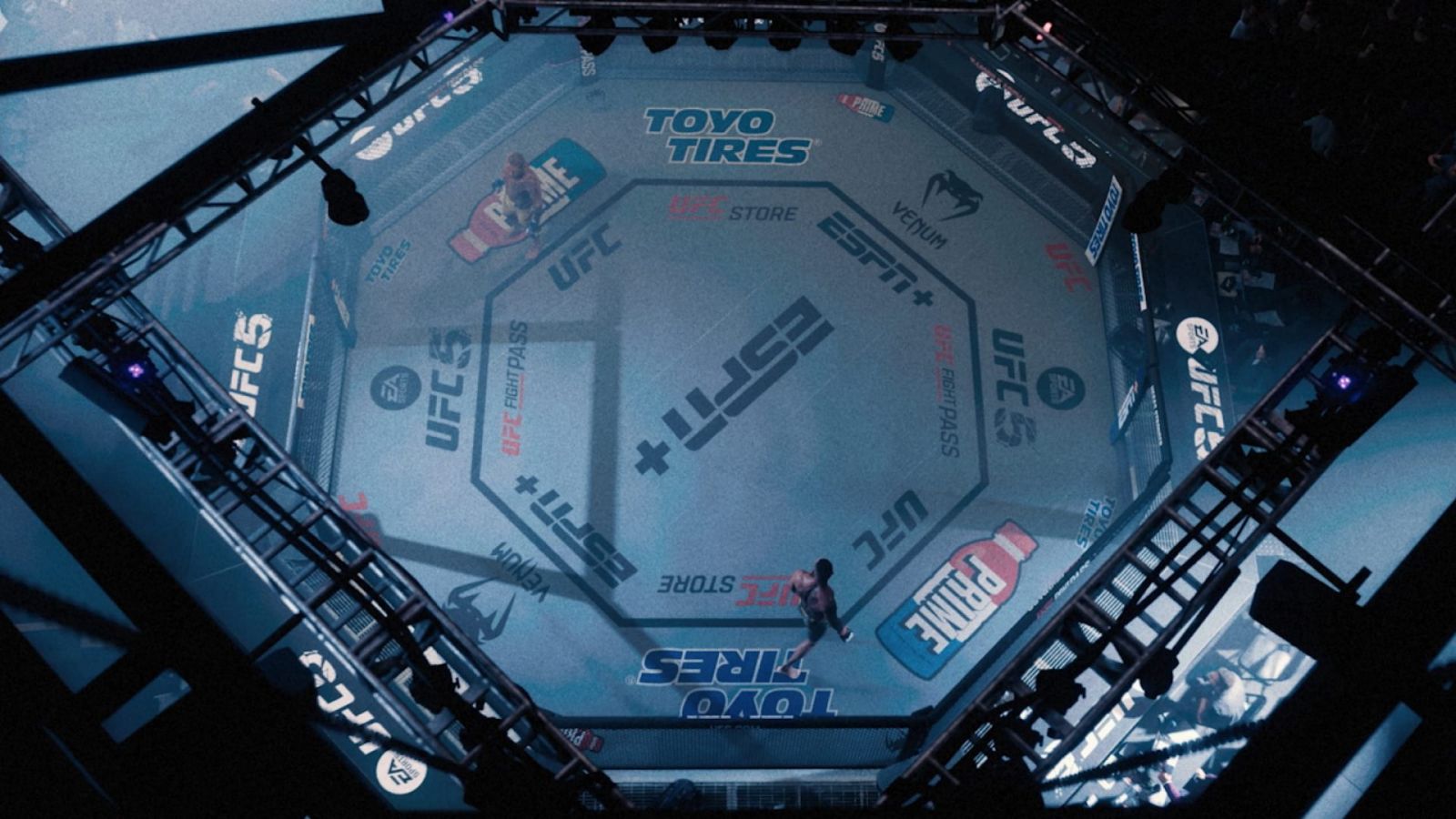
If you’ve ever attended or watched a UFC event, you know there’s a distinct look and feel to everything outside of the ring as well. There are signature moments, such as when Adeanya lands a spin hook kick to the jaw, that stick out if you don’t support it with the right systems. Here we see the new fluid physics for blood and sweat in action, spraying everywhere, while the face and body react realistically. The color commentary team chimes in, reacting to the hits, providing direct feedback and inside information on that fighter’s performance or previous fights, and generally bringing the whole experience to life. While previous games contained some of these elements, UFC 5 seamlessly integrates them in a way that could easily be mistaken for the real thing. Seeing somebody getting knocked into next week has never looked or sounded better.
Fortunately, all these enhancements are not just cosmetic. In a new system called “real impact,” damage will accumulate over time, affecting mobility, stamina, and overall performance. For instance, a broken nose results in slower stamina recovery, a busted orbital impairs your fighter’s vision, and leg damage leads to slower movement and difficulties with takedowns. The game even includes doctor stoppages, so be mindful of the number of shots you take, or fully capitalize on opportunities created by the damage you are inflicting. Watching fighters like Lewis succumb to leg strikes and the introduction of new calf kicks is a strategic approach to take down formidable opponents.
One of the most welcome changes in UFC 5 is a complete revamp of the ground game. Gone is the overly complex chess game on the ground, replaced by a new seamless submission system that prioritizes speed and ease of execution. Simple left and right stick interactions appear on the screen with prompts such as “North/South,” “Transition,” “Leg Lock,” “Get Up,” and “Submission,” enabling players to execute over 600 of these new moves efficiently. The idea is to keep players engaged, allowing them to swiftly transition between ground game and standing without interrupting the action.
If you’re a fan of the career mode in the UFC games, you’ll be pleased to know that it’s making a triumphant return in UFC 5. You’ll begin with “backyard battles,” working your way up through amateur fights until you eventually get your shot. Once you make it into the UFC, none other than Valentina Shevchenko will provide your training at the all-new UFC Performance Institute. As you progress, you’ll encounter upgraded sparring challenges, a new grading system, improved AI, and better simulations. Instead of having to tackle each and every one, you’ll set your overall performance “level” by completing it once and then simply simulate it at that level. Over 200 new fighters have been added to the mix, each with their own training routines, meaning you can’t simply dominate them like training dummies as you may have done in previous games.
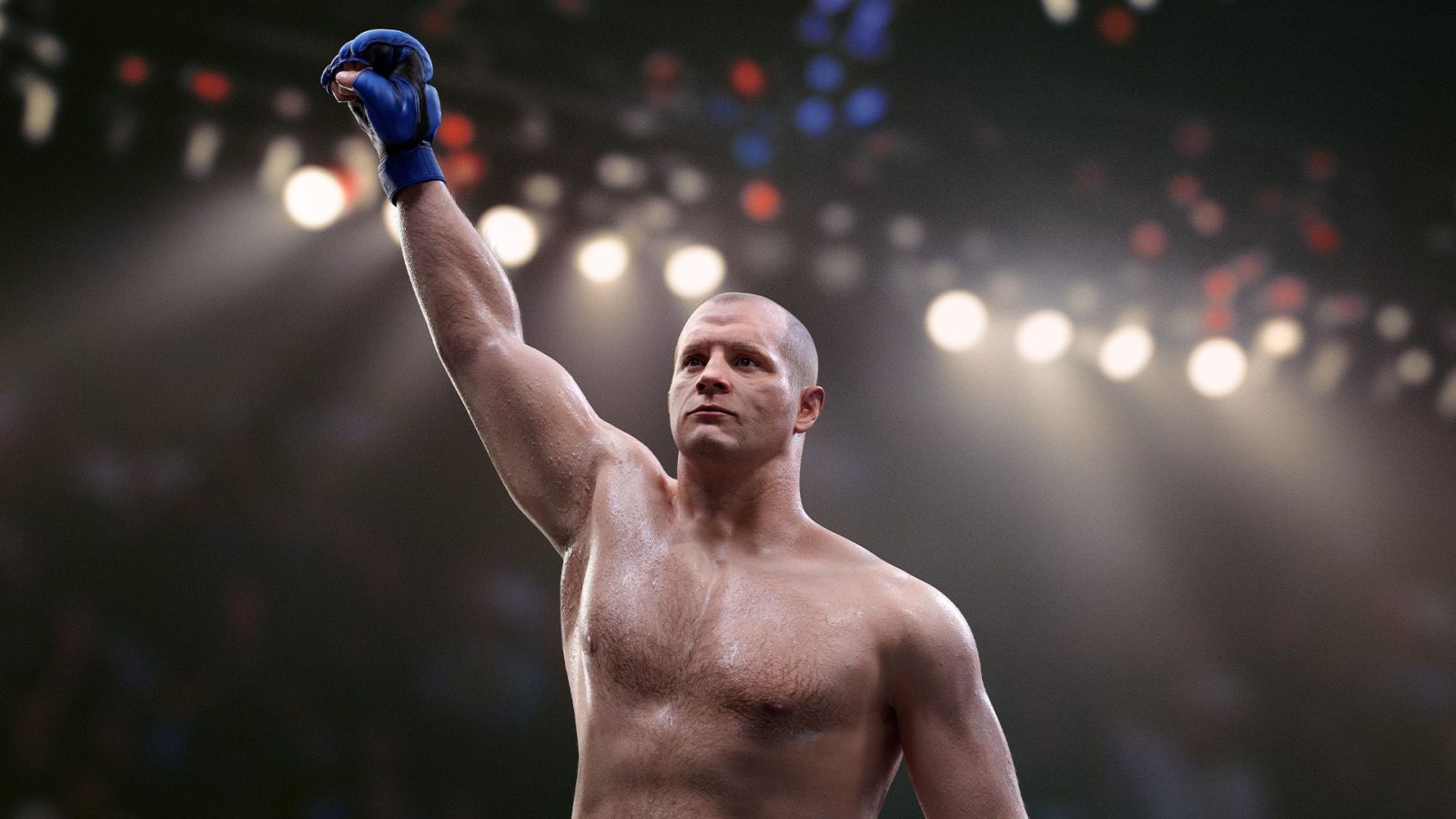
For those who enjoy online fighting, there’s good news, as the online mode is now separated from your offline career. It mirrors elements from the offline mode, but now you can compete across four divisions, each with a different created fighter for that division. When you go online, you’ll also find a new evolution system. By investing points as you progress, you’ll eventually reach the maximum level, prestige your fighter, and unlock entirely new skill trees, similar to those in modern first-person shooters.
Although briefly mentioned, we also got to see Fight Week. Previously, Fight Week was a scripted event, but the team has introduced a completely new spin that I’m excited to share. Now, linked to real-world events, you can accept daily fight contracts, unlock alter egos, and take on contracts. These contracts change and evolve in conjunction with real-world fights. Wins and losses are tracked against your contract, with instant loading for retries if you fall short, thanks to the power of the next-gen consoles. It’s fascinating to see the real-world fight card for the upcoming weekend as your upcoming fight.
This new approach to Fight Week offers a massive advantage over its predecessor—it can run all year. You can predict winners and losers, specify win conditions and methods, and even the round in which you expect them to win. You can wager coins that you use for fight retries and cosmetics, earning or losing based on the outcomes. These coins can be exchanged for alternate versions of your favorite fighters, inspired by iconic moments in their careers. Perhaps it’s Volkonofsky wearing his former rugby jersey, or maybe it’s just GSP’s famous shorts/Gi combo strangeness. We don’t know how far this system goes, but it could be a great way to personalize a non-created fighter.
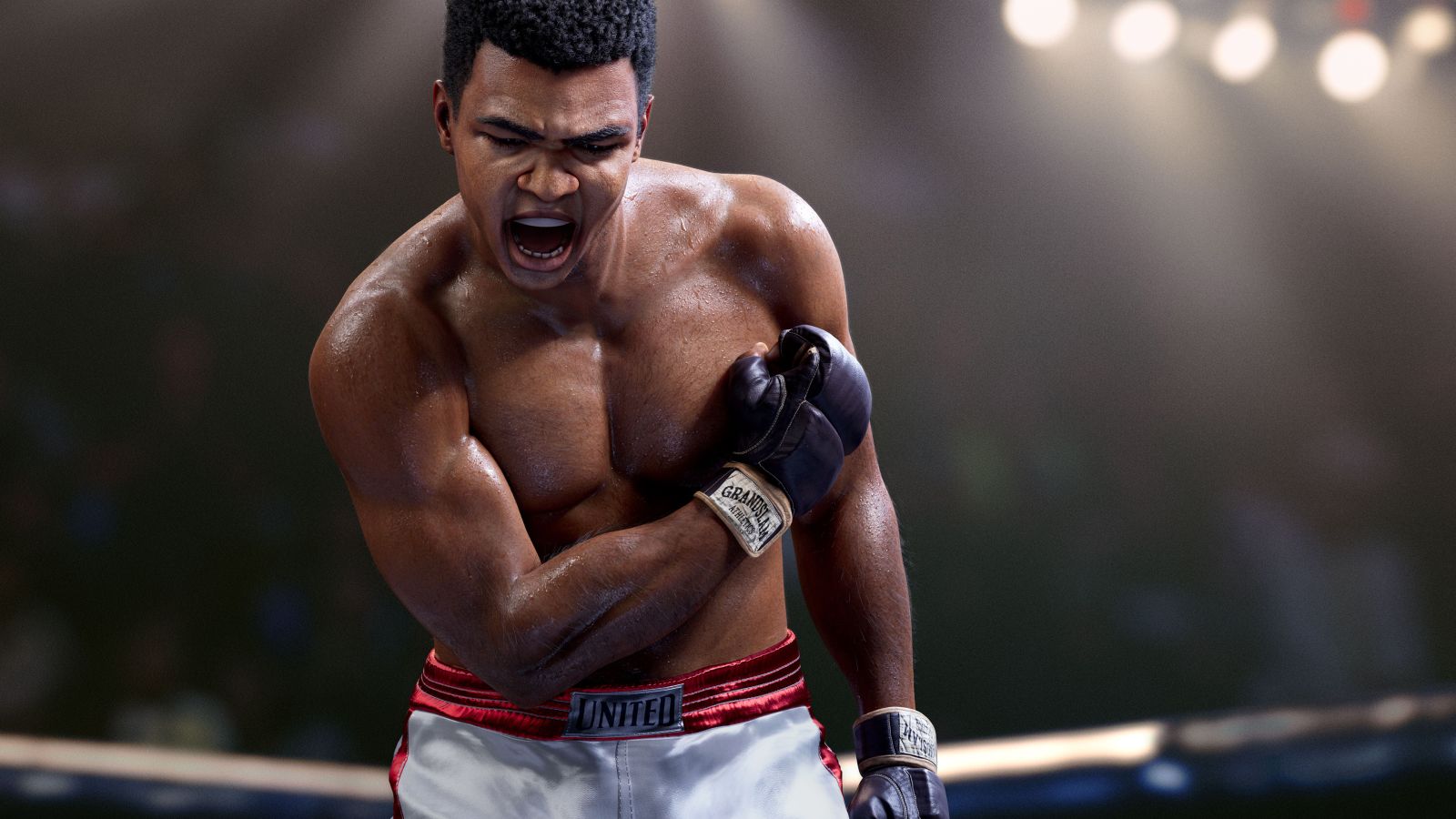
Inevitably, we’ll also see famous faces making their way into the game. Bruce Lee returns, joined by boxing legend Roy Jones Jr., for example. Preordering the game will also grant you access to fighters like Fedor “The Last Emperor” Emelianenko, Muhammad Ali, and none other than Iron Mike Tyson! If UFC 4’s continually expanding roster is any indication, this will be a very dynamic list.
The best news from this reveal event is that we won’t have to wait much longer to see for ourselves. EA Sports UFC 5 is coming exclusively to Xbox Series X and S, as well as PlayStation 5, on October 27th, 2023, with Early Access members getting to play three days early.
Stay tuned here at GamingTrend.com for all of your UFC news and info, as well as unboxings, interviews, and more.
